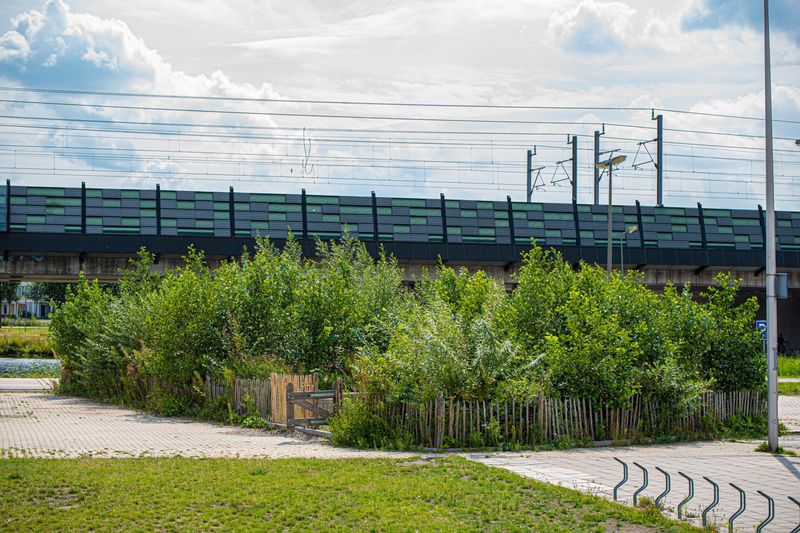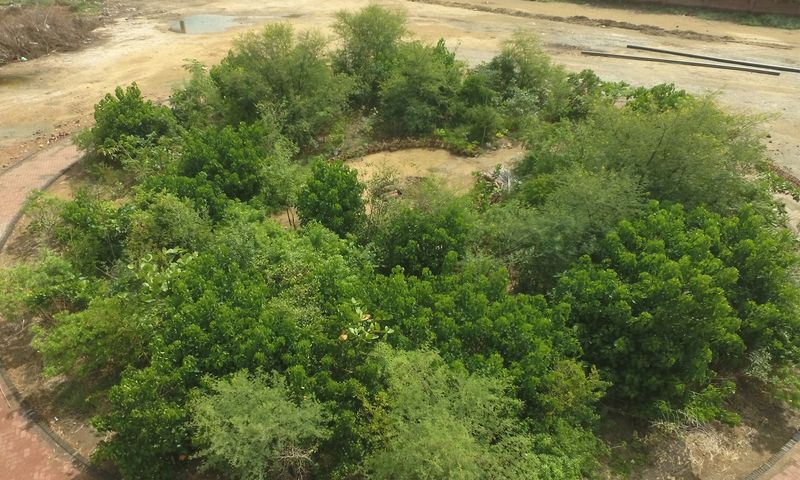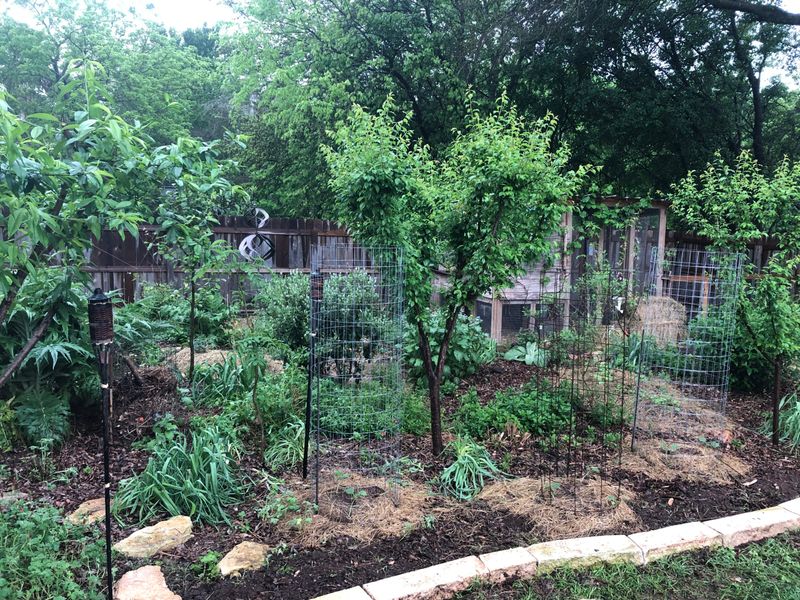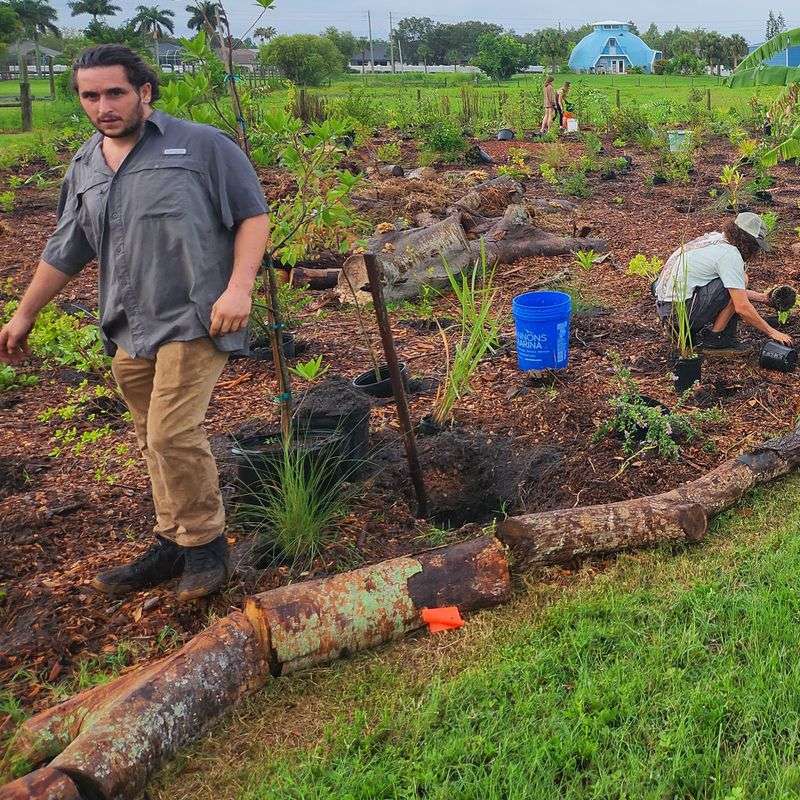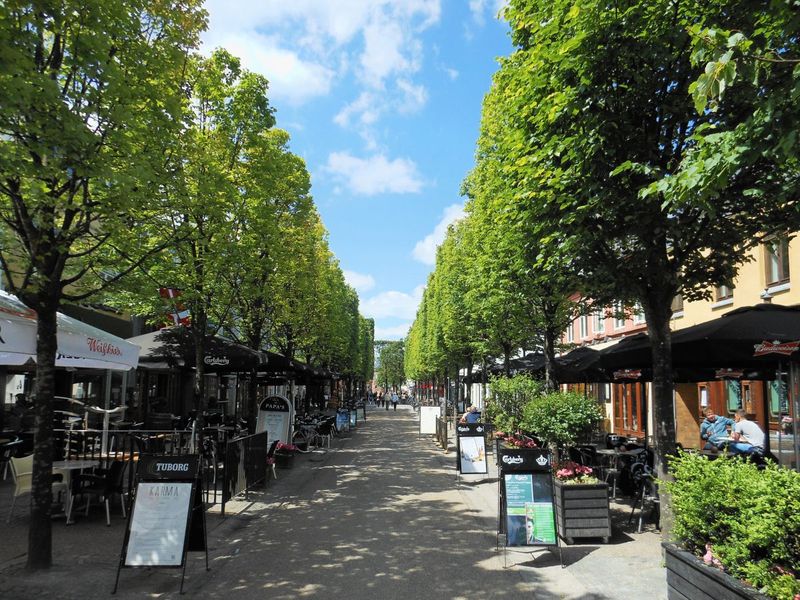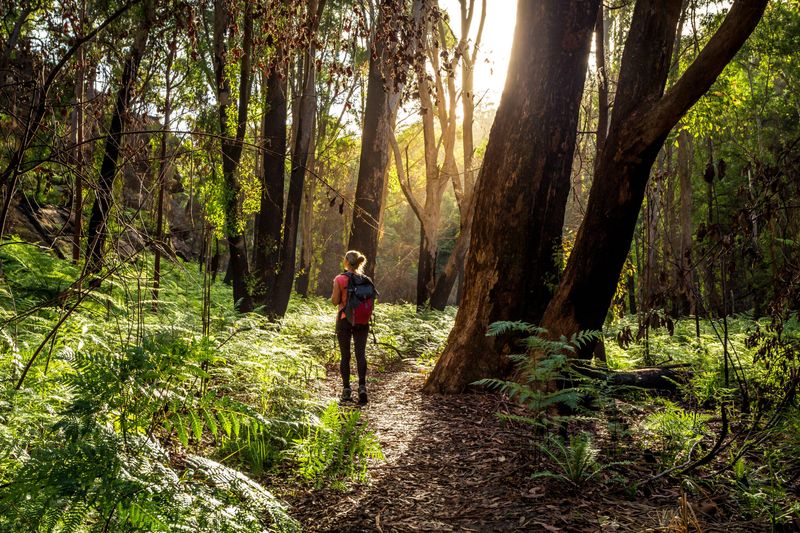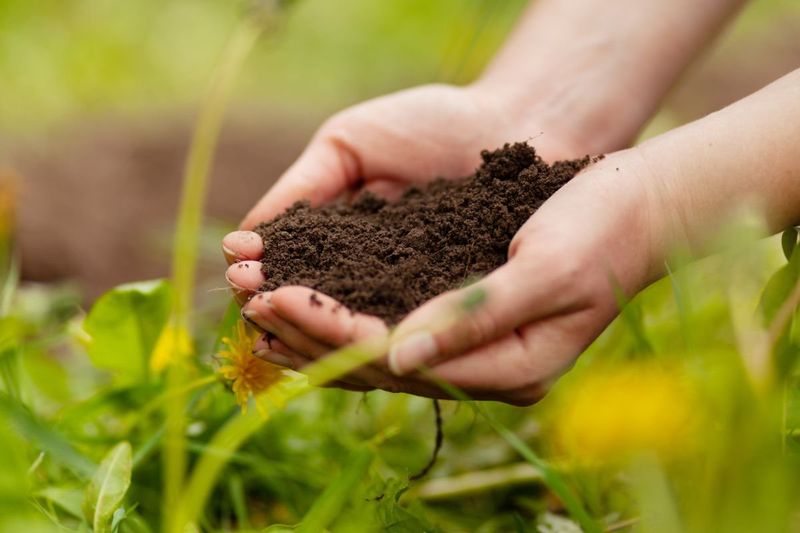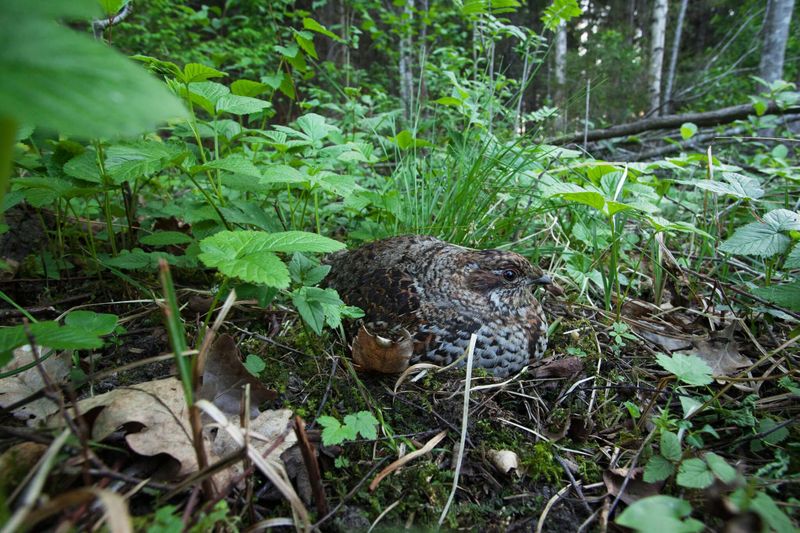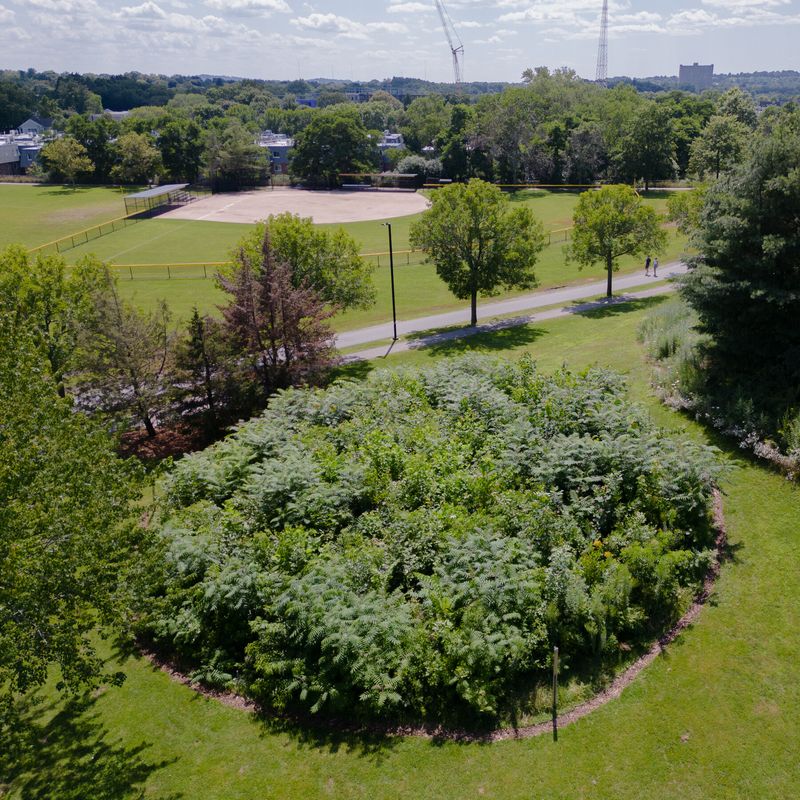Micro forests, also known as tiny or pocket forests, are revolutionizing urban environments by offering sustainable green spaces even in the most compact areas.
These small-scale ecosystems are inspired by the principles of natural forests but are adapted to thrive within limited spaces.
As urbanization continues to encroach on natural habitats, micro forests provide a vital solution for enhancing biodiversity, improving air quality, and fostering community engagement.
Discover how these miniature forests are becoming essential components for promoting green living in urban settings.
1. Enhancing Urban Biodiversity
Micro forests support a rich variety of plant and animal species, even in small spaces. By mimicking natural ecosystems, they create habitats for insects, birds, and small mammals.
These lush green spaces are a haven for urban wildlife, offering food and shelter. The diverse plant species in micro forests attract pollinators, such as bees and butterflies, which are crucial for ecosystem health.
Residents of urban areas can enjoy the presence of nature right at their doorstep, promoting a closer connection with the environment. This biodiversity boost is essential for maintaining ecological balance.
2. Improving Air Quality
Micro forests play a significant role in enhancing air quality within urban areas. The dense vegetation acts as a natural air filter, absorbing pollutants and releasing oxygen.
Trees and plants within these forests capture harmful particles and gases, helping to reduce urban air pollution. By increasing green coverage, micro forests contribute to lowering temperatures and mitigating the urban heat island effect.
This natural cooling effect reduces the need for artificial air conditioning, leading to energy savings. Breathing fresher air improves overall health and well-being for city dwellers.
3. Maximizing Limited Spaces
Micro forests are designed to fit into the smallest of spaces, making them ideal for urban environments with limited land. These compact ecosystems can be planted in backyards, rooftops, or any available plot.
By utilizing vertical gardening techniques, micro forests maximize vertical space, allowing for a denser plant arrangement. This efficient use of space means that even the tiniest areas can become lush, green havens.
These small forests transform underutilized spaces into vibrant ecosystems, offering city residents the chance to experience the beauty and benefits of nature without leaving the city.
4. Encouraging Community Engagement
Micro forests foster community involvement by encouraging residents to participate in planting and nurturing these green spaces. Community members of all ages can engage in activities such as planting days, workshops, and educational programs.
This collective effort helps to build a sense of ownership and pride among residents. Working together on micro forest projects strengthens community bonds and promotes environmental stewardship.
These projects can also serve as outdoor classrooms, educating children and adults alike about the importance of ecology and conservation. Community engagement in micro forests leads to a more connected and aware society.
5. Reducing Urban Heat
Micro forests help combat the urban heat island effect by providing natural cooling. The shade from trees and the process of evapotranspiration help lower temperatures in surrounding areas.
This natural cooling effect is especially beneficial in densely populated cities, where heat can become oppressive. By planting micro forests strategically, urban planners can create cooler microclimates, making cities more comfortable for residents.
The cooling benefits of micro forests also reduce the reliance on air conditioning, promoting energy conservation. Cooler urban environments contribute to improved quality of life and reduced energy costs.
6. Boosting Mental Well-being
Spending time in micro forests has significant mental health benefits. The presence of greenery and natural elements promotes relaxation and reduces stress.
These small forests offer a peaceful retreat from the noise and hustle of urban life, providing a space for reflection and contemplation. Engaging with nature in micro forests can improve mood, enhance focus, and boost overall well-being.
The restorative effects of these green spaces are well-documented, supporting mental health and happiness. Incorporating micro forests into urban environments can lead to healthier, more balanced lifestyles for city dwellers.
7. Promoting Sustainable Practices
Micro forests encourage sustainable living by promoting practices such as composting, rainwater harvesting, and organic gardening. These green spaces serve as examples of how to live harmoniously with nature, inspiring eco-friendly habits among residents.
By adopting sustainable practices, communities can reduce waste and conserve resources. Micro forests also support local food production through the planting of edible plants and herbs.
This localized food supply reduces the carbon footprint associated with transporting food. Embracing sustainability within micro forests fosters a culture of environmental responsibility and resilience in urban areas.
8. Supporting Local Ecosystems
Micro forests are vital in supporting local ecosystems by maintaining plant and animal diversity. The variety of species found in these forests creates a balanced ecosystem that supports different trophic levels.
By providing essential resources like food and shelter, micro forests help sustain urban wildlife populations. These green spaces act as stepping stones, connecting fragmented habitats and promoting genetic diversity.
The presence of micro forests strengthens the resilience of urban ecosystems, making them more adaptable to environmental changes. Supporting local ecosystems through micro forests contributes to urban biodiversity and ecological health.
9. Increasing Property Value
Micro forests can significantly enhance the aesthetic appeal and value of properties. Lush, green surroundings create a visually pleasing environment that attracts potential buyers and renters.
Studies have shown that properties near green spaces have higher market values. The presence of a micro forest can elevate the desirability of a neighborhood, promoting a sense of tranquility and well-being.
This natural enhancement adds value to real estate investments, making them more attractive in competitive markets. By integrating micro forests into urban planning, cities can improve property values and create more desirable living environments.

